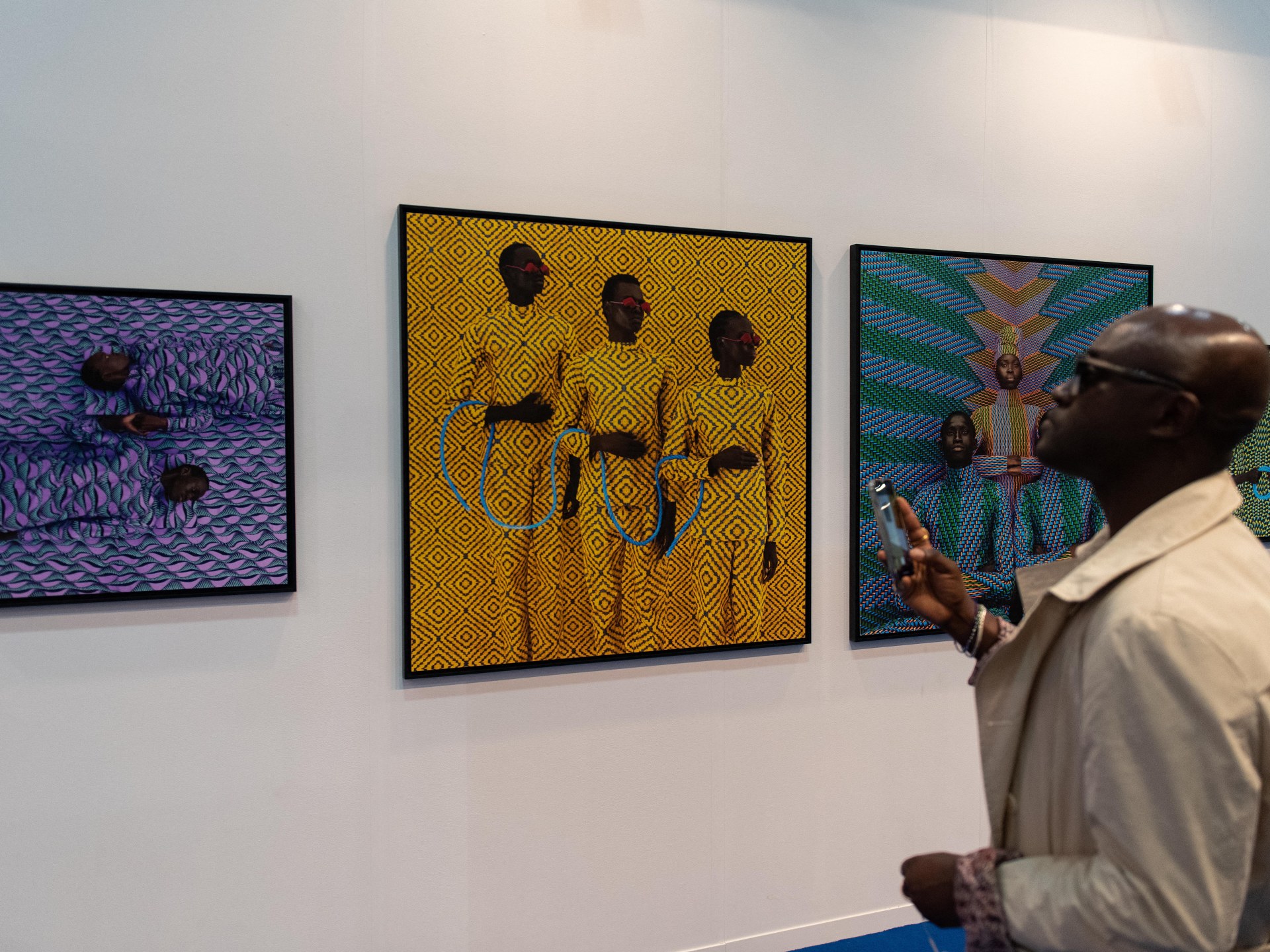Mexico - known as the city of museums, artists and art collectors - is strengthening its position as the capital of the modern and contemporary art market in Latin America through a number of activities that take place until Sunday, February 12, including exhibitions that are expected to attract foreign buyers.
In the most prominent stations of the "Art Week", which began last Wednesday, the Zonamaco exhibition receives 216 exhibitors in art, design, antiques and photographs, including 51% Mexicans and 49% foreigners, according to the organizers.
And with the Spaniards, Americans make up the bulk of the exhibitors who came to Mexico, which is 3 or 4 hours away from Miami or Los Angeles.
They are drawn to the Mexican market because it has a large number of private collectors and a network of around 170 museums (making Mexico one of the three best-equipped cities along with London and Paris, according to some online tourism ratings).
Mexico is "a very important center for collectors in the world," says Mauricio Sambuña, who came from Houston for the Art of the World house and displays works by Colombian master Fernando Botero.
Zonamaco also receives dozens of international investors, according to its new artistic director, Juan Canela. "This year, we have more than 55 international museum groups participating in the fair, and collectors from different regions of Asia, Africa, Europe and, of course, from the United States. They come to buy pieces," he says. museums or private collectors.
Some paintings from the Zonamaco Art Gallery in Mexico City (Photo by Nicholas Asfouri - French)
Mexican culture
French gallerist Julien Coisset, who has lived in Mexico City for more than 20 years, says there is "a growing interest in the Mexican cultural sectors".
Another highlight of Art Week is the Bada exhibition, which stands out for providing direct contact between artists, mostly from Mexico, and private buyers and collectors, without the mediation of galleries.
This opens up huge opportunities for digital content creator Ani Garza Lau, who showcases her fictional computer-generated AI science images. "There are no purely digital art galleries in Mexico. I generally don't find anyone who buys my work," she says.
Cecilia de la Vega, who is passionate about the arts, confirms, "We can find works here at good prices, not inflated, like those we find in theaters."
Also among the highlights of the busy agenda for this week devoted to contemporary creativity are the "Material" exhibitions for independent contemporary art, and "Acme", which constitute "a platform for art created by artists for artists," according to the organizers.
political differences
Mexico, which is a natural bridge between the United States and Latin America, with a population of 126 million in 2020, suffers from deep problems in terms of the social gap between the population.
Mexican Foreign Minister Marcelo Ebrard (center) and his wife visit the Zonamaco Art Gallery in Mexico City (French)
The Mexican upper class occupies areas extending over 1,467 square kilometers, which represents about 0.07% of the country's area, "but it accounts for 47% of the country's real wealth," according to the Spanish "El Pais" website recently.
"Poor first" was among the campaign headlines of left-nationalist President Andrés Manuel López Obrador.
In the cultural field, its policies are translated into supporting the artistic or craft expression of indigenous communities, who are the poorest groups.
In recent years, the federal government has boycotted another international event, the "Guadalajara" book fair, which the Mexican president describes as a "forum for conservatives."
Mexican Foreign Minister Marcelo Ebrard, who attended the opening Wednesday, acknowledged that the Zonamaco art fair was "a very unique and very important event in Mexico."
"Mexico is a cultural force to be reckoned with," said Ebrard, who is a candidate to succeed Obrador as president in 2024.

